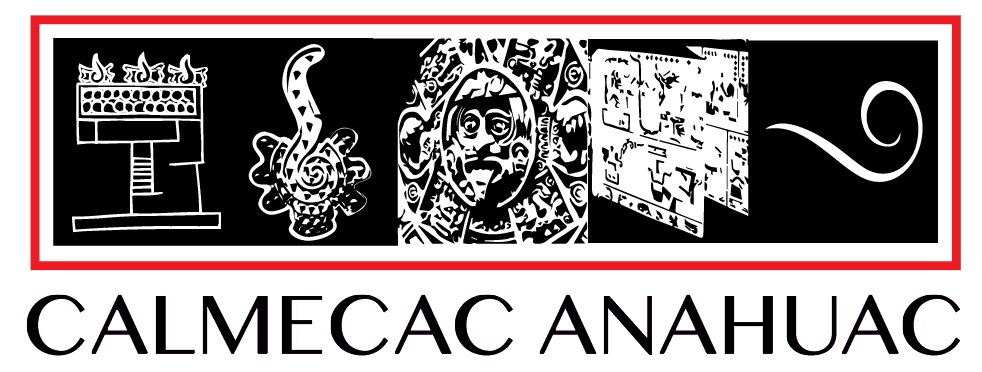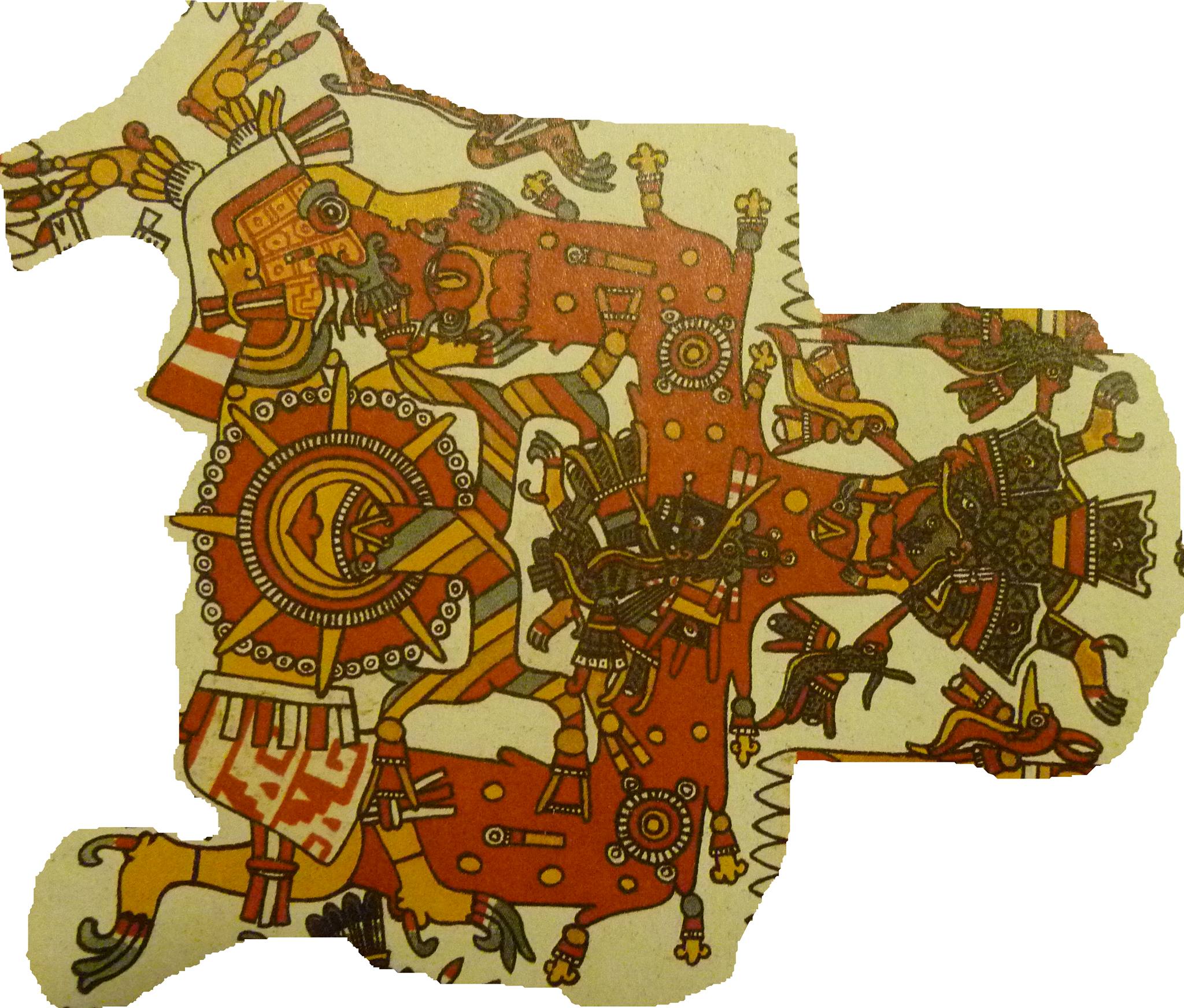*Here is an image (codex Borgia, page 44) that represents the story of how the first flowers came to be. In the image, Xochiquetzal ( as identified by her face paint and headdress, left) is lying down while a bat is feeding her the blood from a heart (far right) it is bringing to her perhaps either in Mictlan or Tamoanchan. From her chest we can see a multicolored flower growing from the symbolfor Teotl. The black Quetzalcoatl emerges from within a hummingbird on one of the branches of the tree. This image is very closely related (although not exactly) to the Mexica story of the origin of flowers (see below) which is important because it shows the widespread distribution of the story. It is also an example of how we can use primary sources to learn how to read the surviving Pre-Cuauhtemoc books. Also, because flowers are blooming in the land of the dead (in fact, this painting contains imagery from both Mictlan, a place associated with death and Tamoanchan, a place associated with life simultaneously), the idea that there was a duality of life vs. death does not hold up. This is further evidence that life and death are made up of the same processes in the Indigenous worldview. Lastly, it shows the variation in the stories that are found in oral traditions which means there is not one version of oral history that is correct. Here is the origin of flowers story according to the Mexica: “That this Quetzalcoatl, while washing and touching with his hands his virile member made semen within, and he let it drop (the semen) on top of a rock. And there was born the bat whom the Teteoh sent to bite a Teotl that they called Xochiquetzal, which means flowers, that the piece of flesh she has between her feminine member might be cut. And he cut it while she was sleeping. And he brought it before the Teteoh, and they washed it. And from the water that they spilled from this came flowers that did not smell good. And afterward the same bat took that flower to Mictlantecuhtli, and there he washed it (the piece of flesh) again. And from the water came from it fragrant flowers that they call xochitls because of their derivation from this teotl whom they call Xochiquetzal. And thus they believe that the fragrant flowers came from the other world, from the house of Mictlantecuhtli. And those flowers that do not smell, they say that they are born from the first in this land.” Codex Magliabechiano, Folio 61. * The connection between the codex magliabechiano and borgia stories was made by Elizabeth Hill Boone on page 204 of Cycles of Time and Meaning in the Mexican Books of Fate.


